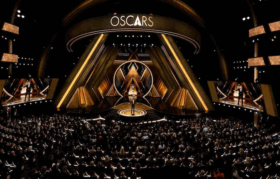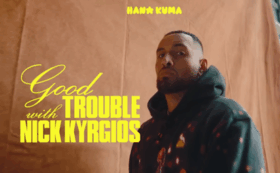
 The OOH industry is overdue for modernization, maintains Chris Gadek, CEO AdQuick. Here, he explores how AI is reshaping the space, and what’s next for this lucrative, yet slow-moving side of the business.
The OOH industry is overdue for modernization, maintains Chris Gadek, CEO AdQuick. Here, he explores how AI is reshaping the space, and what’s next for this lucrative, yet slow-moving side of the business.
How must OOH modernize in an increasingly digital and mobile-driven media landscape?
OOH has to evolve from being treated as a static, top-funnel awareness channel into a data-driven, precision-targeted medium that performs across the entire funnel. The way forward is through technology: automation, AI, and real-time data integrations that make OOH buying as seamless and accountable as digital. The physical world is where brand trust is built and attention is focused, but digital connectivity is what enables measurement to optimize impact.
Which sectors or brands are best positioned to benefit from the next wave of OOH innovation?
The winning sectors will be ones that already think in terms of performance, speed, and agility. Direct to consumer (DTC), e-commerce, and app-based companies are leading indicators because they test fast, measure everything, and have been early adopters of programmatic OOH because it complements their digital playbooks. We are also seeing major brand advertisers across verticals from enterprise tech to restaurants lean in as measurement improves. The real breakthrough happens when marketers see that OOH and digital aren’t competing channels—they amplify each other, driving brand lift and real-world conversions together.
How has consumer behavior (e.g., post-pandemic mobility, attention span) changed the way brands approach OOH campaigns?
Post-pandemic, mobility patterns have shifted but attention in the physical world has quietly improved in quality. People are more intentional about where they go and what they notice. OOH benefits from this: it’s a high-trust, high-impact medium in a world that’s saturated with digital noise. The smartest brands are using mobility data to reach audiences where they move, spend time, and pay attention.
What factors need to be considered now when planning an OOH campaign?
Planning OOH today requires similar rigor to planning digital campaigns. With modern tools, planning is based on real mobility,demographic and psychographic data. We can now measure outcomes, just like a marketer would online. Yet, for all the advancements, it should also be emphasized that creativity still matters, maybe more than ever because in a world of algorithmic feeds, OOH is one of the last truly human canvases for storytelling.







